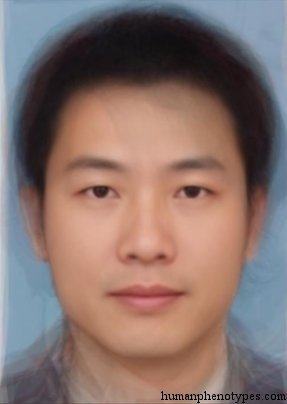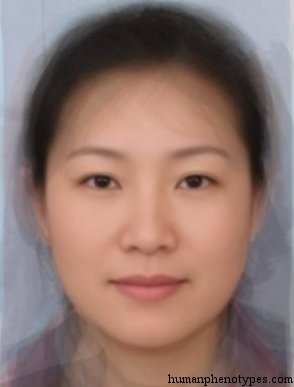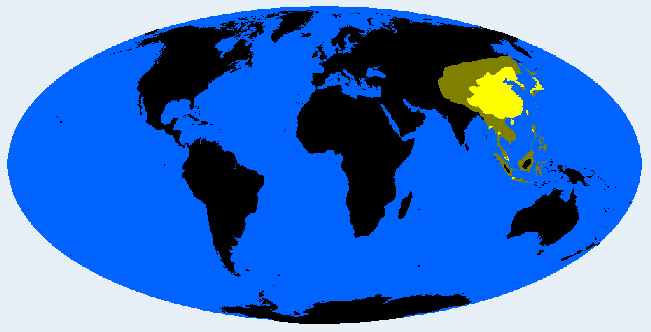Description:
The dominant group of East Asia and the most numerous in the world. Developed during the Neolithic in China and became typical for farmers and fishers. Continuously expanded South, where it subsequently pushed back other types, later merchants and tradesmen settled in various parts of Indochina and Indonesia. Body often slender, limbs short, skull medium long, rather high, face relatively long and flat, Mongolian fold common, nose not very wide, skin light yellowish-brown, hair straight and black, body hair scarce. The tall Huanghoid of Northern China is often regarded as the Sinid proper. South Sinids on the other hand are shorter, stockier, and shorter-skulled, especially their main Chukiangid variety in South China. The two Vietnamese varieties (Tonkinesid, Annamid) are gracilised. The populous Changkiangid stands between North and South Sinid. The Tibetan Kham type seems to be a robust, ancient variety. In Japan, the Choshiu and Yakonin types are mostly Sinid. In recent decades, Sinids migrated to other world regions, e.g. America, Australia, and Europe.Names:
Sinid (Eickstedt, 1937. 1952; Vogel, 1974; Lundman, 1988; Knussmann, 1996), Far Eastern (Debets, 1974; Alexeev, 1979), Centro-Mongole (Vallois, 1968), Sinica (Biasutti, 1967), Sinider (Lundman, 1943), Sinienne (Montandon, 1933), Homo Sinicus (Bory, 1827), North Chinese (Coon et al., 1950; Cole, 1965).




